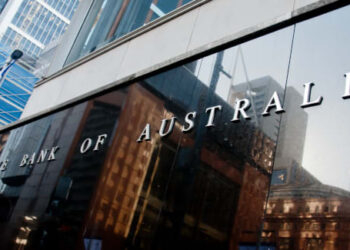The Australian superannuation industry is approaching a “tipping point” at which lifecycle investing is likely to become the dominant strategy, with the introduction of MySuper a key factor.
Graeme Mather, Mercer’s market business leader for investment consulting in Australia and New Zealand, told InvestorDaily that lifecycle investing is already an established concept and the most common type of default option for defined contribution funds in the UK and US.
Mr Mather said lifecycle investing “could be the future of the super system”, and at the very least needs to be considered by trustees.
Trustees need to keep in mind what the system is there to do – to provide a stable income for people after their retirement.
“We’re not here to create funds with CPI objectives or maximise wealth; we’re here to help members replace their working income with a retirement income stream,” he said.
“If we can change the mindset of the industry to help focus on that, we can work out a better, more relevant solution.”
The industry needs to create more innovative solutions for members and address a “whole of life” framework – but the questions are around how that should look and how to put it in place. “We are doing this for our own members, which demonstrates the conviction we have [in lifecycle investing],” Mr Mather said.
Essentially, there are two ways of implementing that approach – switching the member into a different investment option when the time comes, or to clump members into age brackets and group them into a strategy that changes over time, he said.
“From our perspective there are a number of factors that change with age; younger members can afford to access liquidity premia and be more focused on wealth creation and growth strategies. Older members need liquidity as they are drawing down on their capital, and they also want to mitigate risk and protect their capital,” he said.
“Peoples’ circumstances change, so we’ve put in place investment strategies that take lots of those factors into account.” These include more illiquid assets for younger investors, more tax-efficient assets in retirement, and more diversification and lower volatility strategies as members approach retirement, Mr Mather said.







